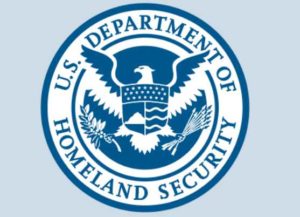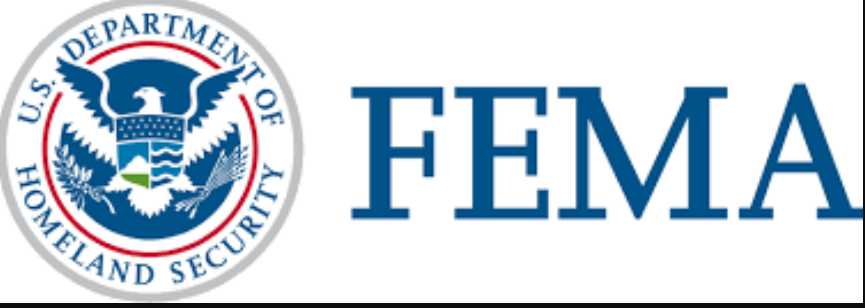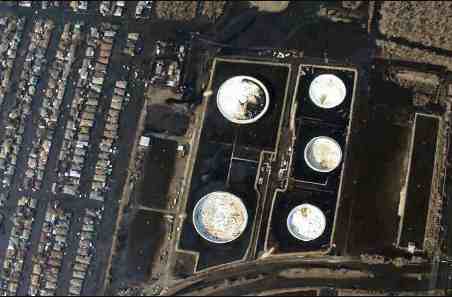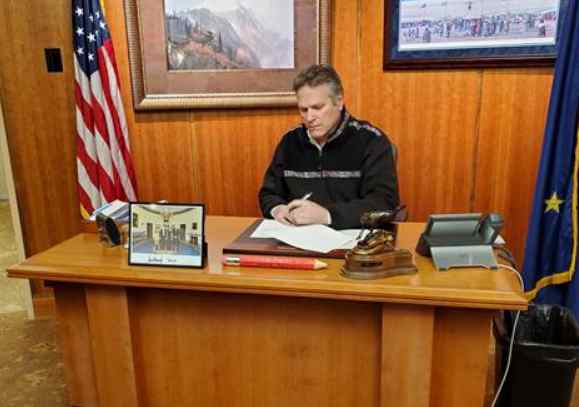 (Bethel) – Governor Mike Dunleavy will request a Federal Disaster Declaration for the 2022 September storm currently impacting the west coast of Alaska. The damage assessment is now taking place with the State, local governments, regional entities, and Federal Emergency Management Agency (FEMA).
(Bethel) – Governor Mike Dunleavy will request a Federal Disaster Declaration for the 2022 September storm currently impacting the west coast of Alaska. The damage assessment is now taking place with the State, local governments, regional entities, and Federal Emergency Management Agency (FEMA).“I will be submitting a request for federal assistance as soon as we gather the necessary information,” Governor Dunleavy said. “If approved, at least 75 percent of eligible disaster costs would be covered by FEMA, with the state picking up the tab for the rest.”
Governor Dunleavy issued a state disaster declaration for the stormimmediately upon receiving the request from Homeland Security and Emergency Management Director Bryan Fisher at 9 a.m. on Saturday, September 17. A disaster declaration is not needed for State agencies to conduct preliminary actions, and to effect an immediate response to life, safety, and property damage threats. DMVA, DOT&PF, DPS, and DEC all began ramping up as soon as the Weather Service started issuing warnings. A federal disaster declaration means federal funding and support for the response and recovery will be available now that the storm has passed and damages can be assessed.
The process for requesting a federal disaster declaration is outlined below:
- An initial damage assessment is taking place in order to declare an amount that would be included in the disaster request.
- The Governor requests federal assistance.
- A joint Preliminary Damage Assessment is conducted by FEMA, The State Emergency Operation Center (SEOC), and local partners and tribes to determine losses and recovery needs.
- The President approves the request for federal disaster funding or FEMA informs the Governor it has been denied. This decision process could take a few hours or several weeks.
FEMA disaster assistance falls into three general categories: 1. Individual Assistance — aid to individuals and households; 2. Public Assistance — aid to public (and certain private non-profit) entities for certain emergency services and the repair or replacement of disaster-damaged public facilities; 3. Hazard Mitigation Assistance — funding for measures designed to reduce future losses to public and private property.
“We are focusing on the more severely impacted communities at the moment,” said Governor Dunleavy. “Thankfully, there are still no reported injuries or deaths at this time. If the federal disaster declaration is approved, we will be able to address the disaster costs and help the communities cope with the physical damage. I look forward to working with our federal delegation to help Alaska recover and move forward.”
We will provide a copy of the letter from Governor Dunleavy to President Biden as soon as the preliminary damage is documented, and the letter is completed. Additionally, here is a timeline of events concerning the storm starting last week:
- On Tuesday, September 13, the National Weather Service indicated that Alaska might see impacts from Typhoon Merbok late in the week.
- Early Wednesday morning, September 14, as confidence grew in the storm’s forecast track and potential impacts, the State Emergency Operations Center began initial coordination with State agencies, Red Cross, Salvation Army, and FEMA.
- The State EOC staffed up Thursday morning, September 15. We began contacting communities from the Aleutians and Pribilofs to the Western Arctic Coast to ensure preparedness actions were taken in anticipation of high winds and storm surge. In addition, SEOC hosted conference calls for the communities of the Pribilof Islands. Simultaneously DMVA Commissioner Saxe coordinated with the Governor and his team to brief on preparatory actions being taken by all agencies.
- Through Friday, September 16, DMVA remained in contact with the Governor to apprise him of the updated impact forecasts. All communities were taking action to hunker down in anticipation of the historic storm surge and high wind. SEOC hosted conference calls for the Y-K Delta, Norton Sound.
- Based on preliminary reports early Saturday morning, September 17, Governor Dunleavy declared a State disaster emergency for communities impacted by the storm at the advice of Director Bryan Fisher. SEOC hosted conference calls for the Seward Peninsula.
- On Saturday and Sunday, September 17 and 18, Governor Dunleavy and cabinet members joined for a press conference to detail actions the State is taking to address the storm. Calls included regional tribal partners.
- Monday, September 19, Governor Dunleavy, members of DHS&EM, and DMVA took off towards the communities affected by the storm to assess the damages.
- Monday, September 19, Tyson Gallagher, Chief of Staff for the Dunleavy Administration, spoke to FEMA Administrator Deanne Criswell and Region 10 Director Willie Nunn. Administrator Criswell is heading to Alaska soon.
[content id=”79272″]







